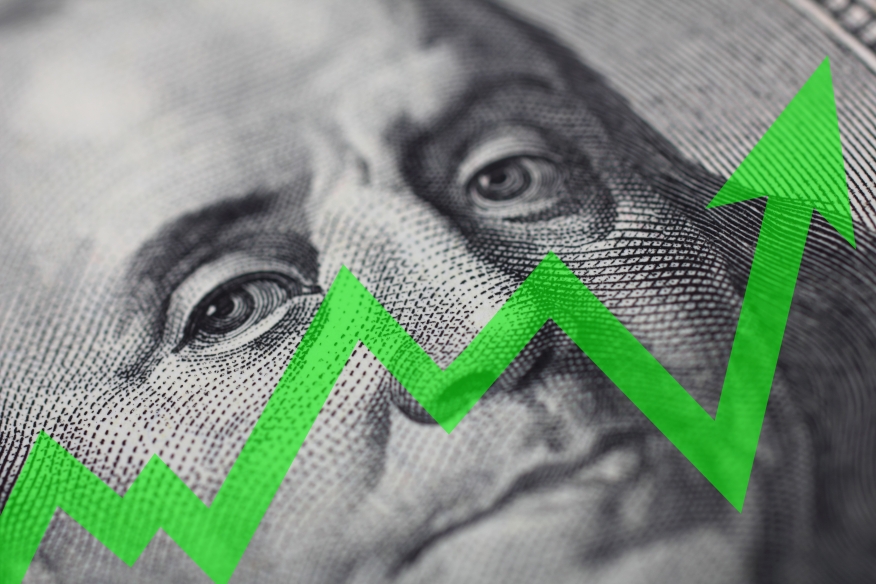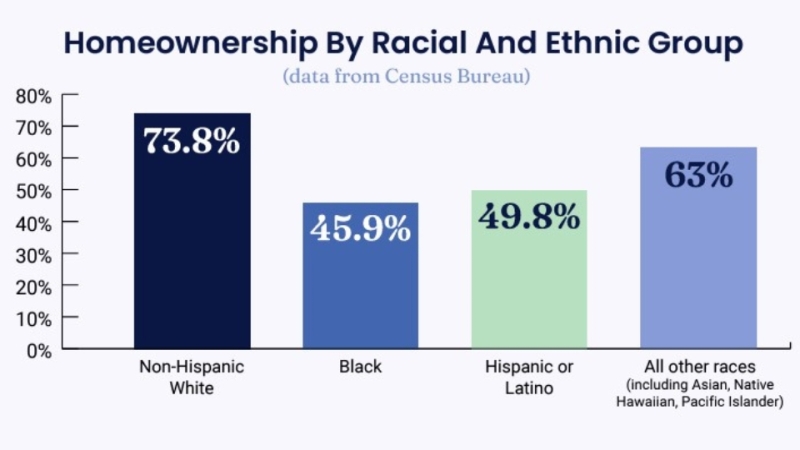
Surge In Personal Spending; Incomes Struggle To Keep Pace

As consumer spending outpaces forecasts, concerns arise over stagnant incomes; Federal Reserve to consider this crucial data in its upcoming policy meeting.
In the latest estimates released by the Bureau of Economic Analysis (BEA), personal income experienced an increase of $77.8 billion or 0.3% in September. When accounting for personal current taxes, disposable personal income (DPI) grew by $56.1 billion, also registering a 0.3% rise. But that wasn't enough to keep pace with consumer spending.
The personal consumption expenditures (PCE) saw a more substantial uptick, rising $138.7 billion or 0.7%. The data suggests that even with robust consumer spending, inflation isn't flaring up.
However, a concerning note is that consumers' income isn't matching their rising expenditures.The recent data indicates a weaker-than-expected rise in incomes at 0.3% month-over-month, falling short of the anticipated 0.4%. Conversely, spending outpaced expectations at 0.7% month-over-month, compared to the forecasted 0.5%. When factoring in inflation, spending growth was 0.4% in September. When food and energy are excluded from this calculation, the rise stands at 0.3%. In real terms, DPI dipped by 0.1% while real PCE registered a 0.4% growth, with goods increasing by 0.5% and services by 0.3%.
The growth in September's current-dollar personal income can be attributed to hikes in areas such as compensation, personal income receipts on assets, nonfarm proprietors’ income, and rental income of persons.
The Federal Reserve typically emphasizes core inflation, considering it a more accurate predictor of long-term price trajectories. Notably, core PCE had reached its zenith around 5.6% in early 2022 but has been predominantly descending ever since. However, it remains significantly above the Fed's annual 2% objective. The Fed's preference for the PCE as its inflationary barometer is due to its consideration of evolving consumer behaviors, such as opting for cheaper alternatives when prices soar.
This inflationary update is especially significant as it's the last report the Federal Reserve will review before its two-day policy meeting scheduled for next week.




